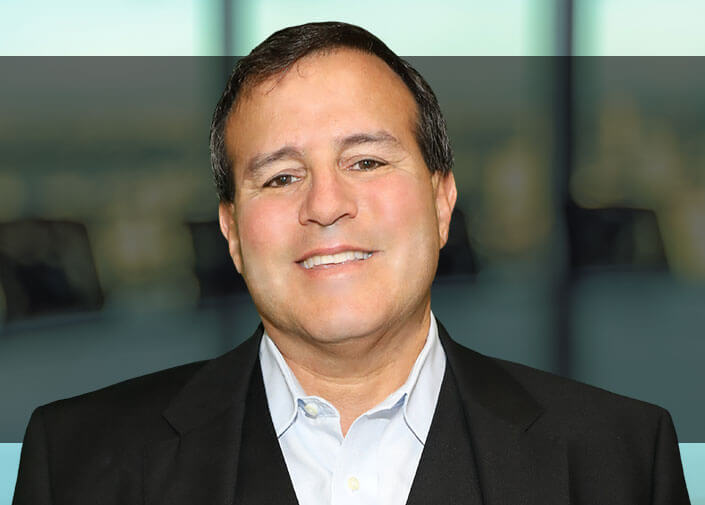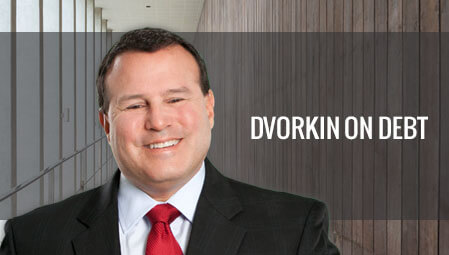In fact, in my experience, low prices can actually drive you further into debt.
Last week, The Daily Signal’s website posted an interactive U.S. map that shows gas prices in each state, along with how much more expensive those prices were just a few years ago.
We built that map for a specific reason: to show drivers how much money they can save filling their tanks — which they can now set aside for draining their debt. Unfortunately, I doubt many Americans will accept this advice.
Bigger is badder
“Instead, what is selling as gas prices fall are big trucks, SUVs and high-performance luxury cars,” Business Insider wrote recently. At the same time, the Chicago Tribune reported that the average fuel efficiency of all vehicles bought in December was 25.1 miles per gallon — a small drop from 25.3 mph in November but a big drop from 25.8 mph last summer, when prices had yet to plummet.
“Americans just love big,” AutoNation chief executive Mike Jackson explained to Daily Finance. “The migration to trucks will turn into a stampede if these gas prices go lower or stay low.”
The car-selling “game”
This situation depresses me more than almost any other financial problem. Why? Because a car is often the second-biggest purchase we’ll ever make. Yet it’s also the most oppressive sales process we’ll ever face.
I recalled in my second book, Power Up…
In my younger years, I was friends with some guys who sold cars. They were ambitious guys. They found satisfaction in convincing people to buy, even if the buyers couldn’t afford the car. It’s how they got paid. It was a game to them. Many people wouldn’t be able to sleep at night knowing they sold something to a person who couldn’t afford it. These guys would joke about it while spending their commission on round after round of drinks.
Of course, “the game” is different today. With a variety of online tools ranging from Kelley Blue Book to TrueCar, consumers have much more knowledge at their fingertips. Problem is, they face the same emotionally manipulative advertising and high-pressure sales tactics that sway them to buy bigger (and more expensive) vehicles.
Doing the math
Over the years, I’ve shaken my head and nearly shed tears for debt-ridden Americans I’ve counseled who have made wonderful progress on paying their bills, only to succumb to a car they can’t afford — both the payments and the fuel.
The best antidote to the emotional appeal of the car-buying process is to simply add up the numbers. Since I started off talking about fuel costs, let’s stick to those numbers.
Let’s say you live in Tennessee. Consulting the Debt.com gas map, we see that average gas prices have plunged from $3.11 last year to $2.09 this month. If you fill up once a week and have a standard 12-gallon gas tank, that means you spent $37.32 a week in gas last year.
For the year, that’s $1,940.
If prices stay what they are right now — and many experts predict prices will drop more — you’re spending $25.08 per fill-up.
For the year, that’s $1,304.
Tennesseans save $637 for doing nothing different in their day.
Saving without changing
Many times, I hear grumbling from people fighting debt: “I don’t want to radically change my lifestyle.” This is one of the few times you can save without having to do so, but what do many people do? They make their next car a bigger one! As if gas prices will never go up again.
If you’re in the market for a new car, and if you’re carrying any debt besides a mortgage — credit card debt or student loan debt, especially — I beg you to do one thing. Nothing. I’m not even asking you to buy a more fuel-efficient car. I’m simply imploring you to buy one with the same fuel efficiency. You’ll save hundreds and still drive down your debt while you drive around.
Howard Dvorkin is a CPA and chairman of Debt.com, an educational resource for those who want to conquer all forms of debt in their lives.








